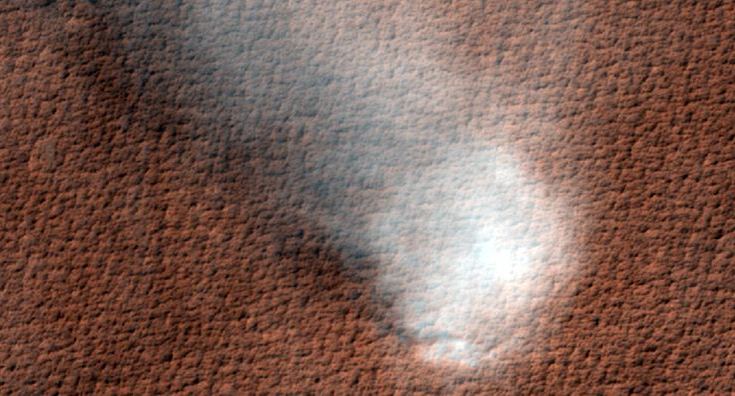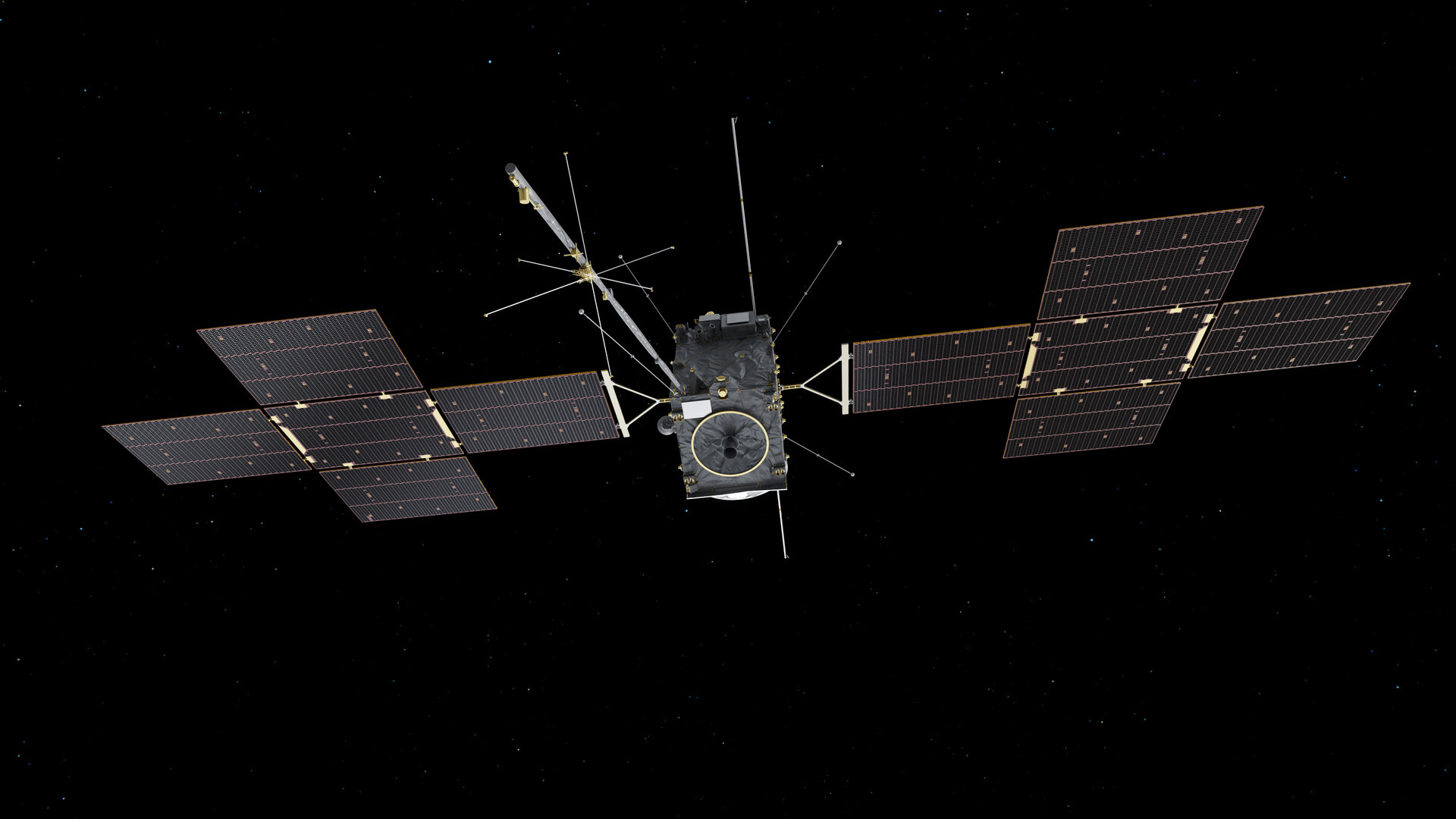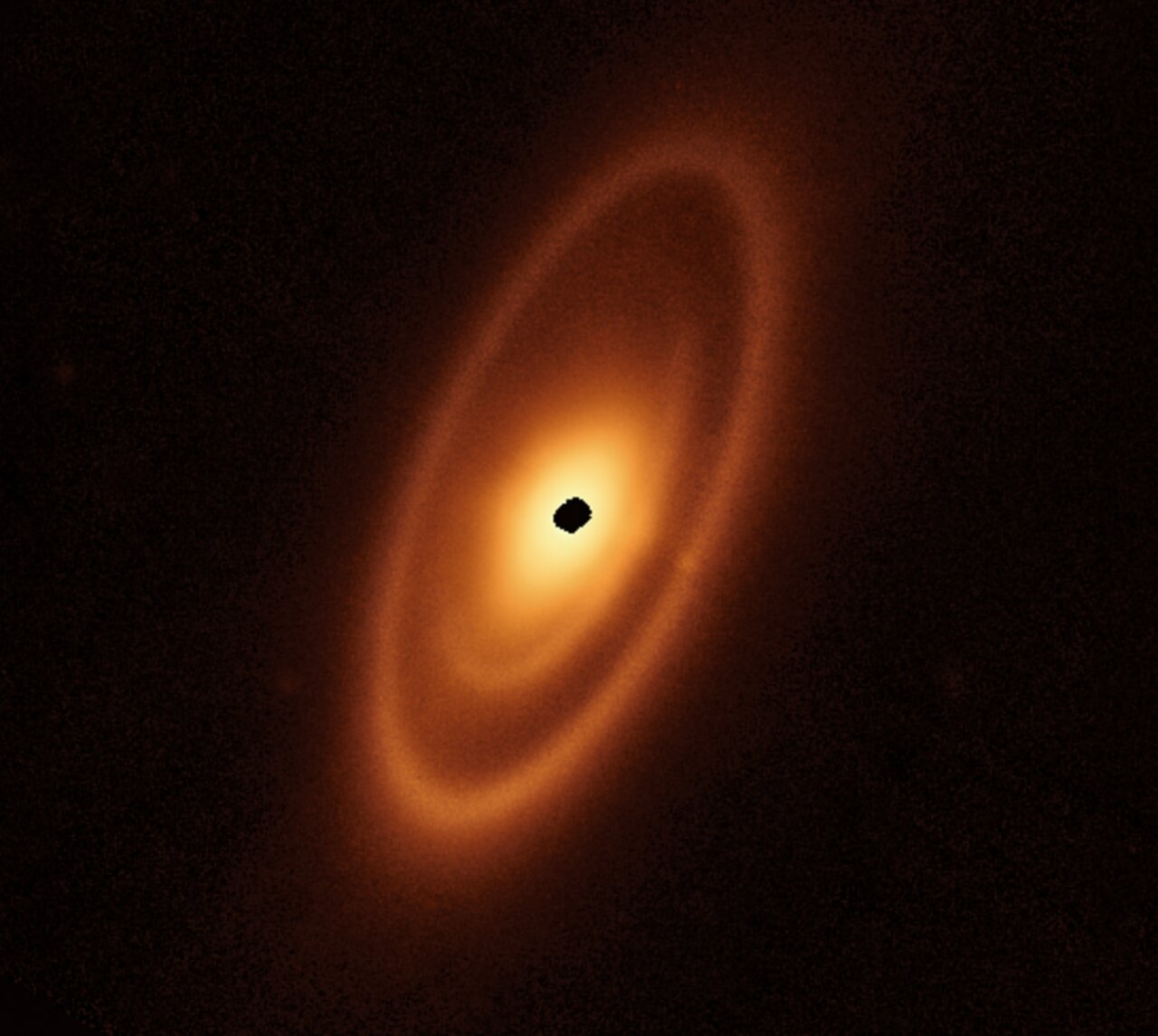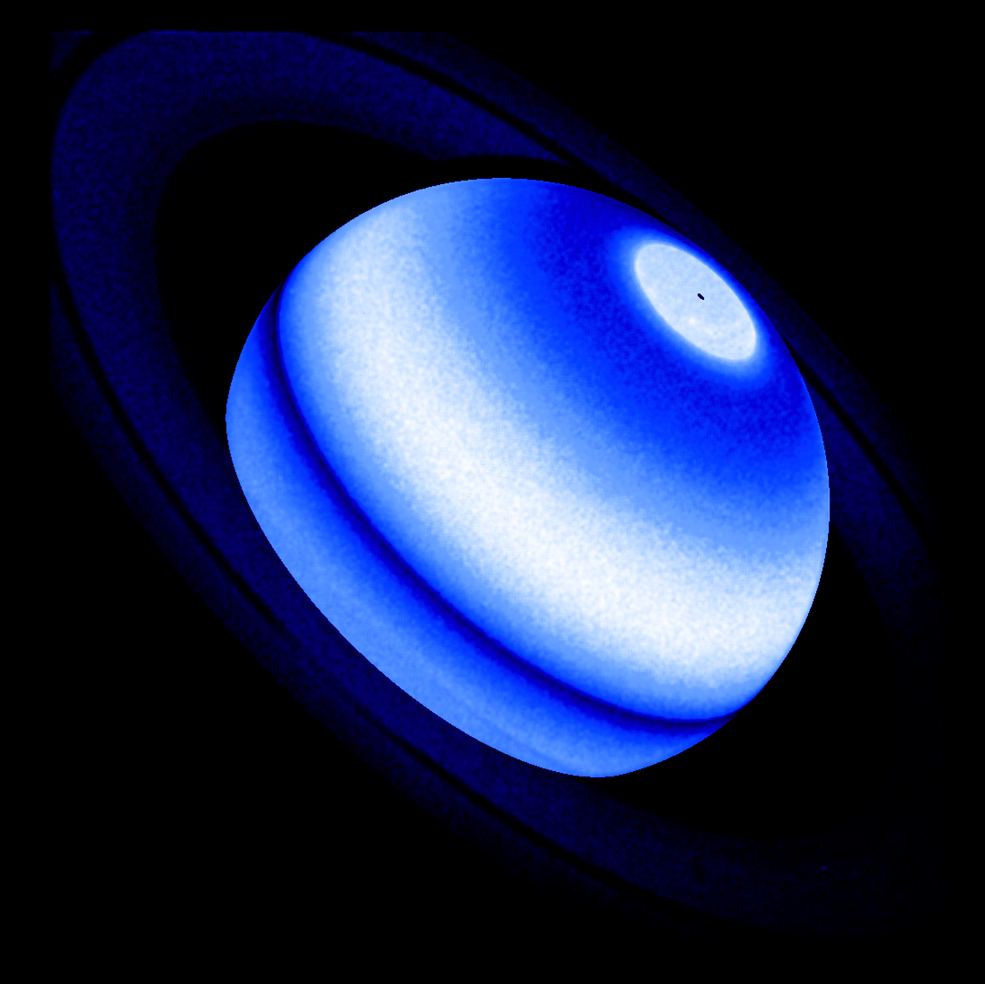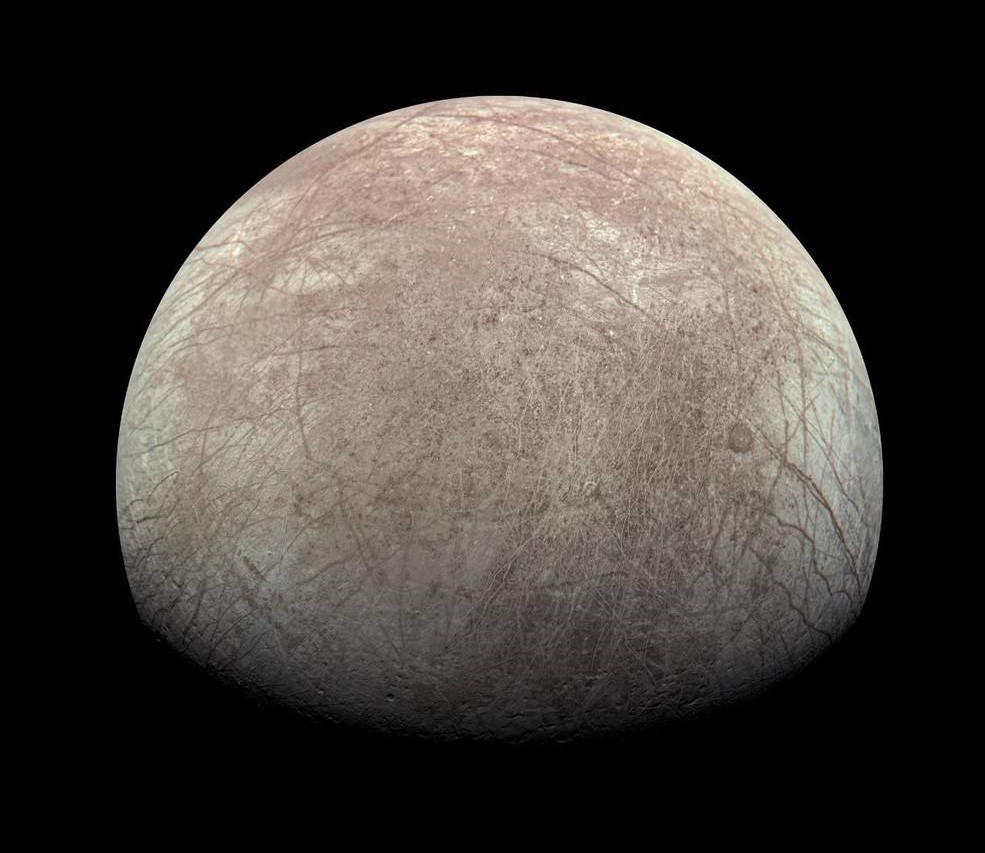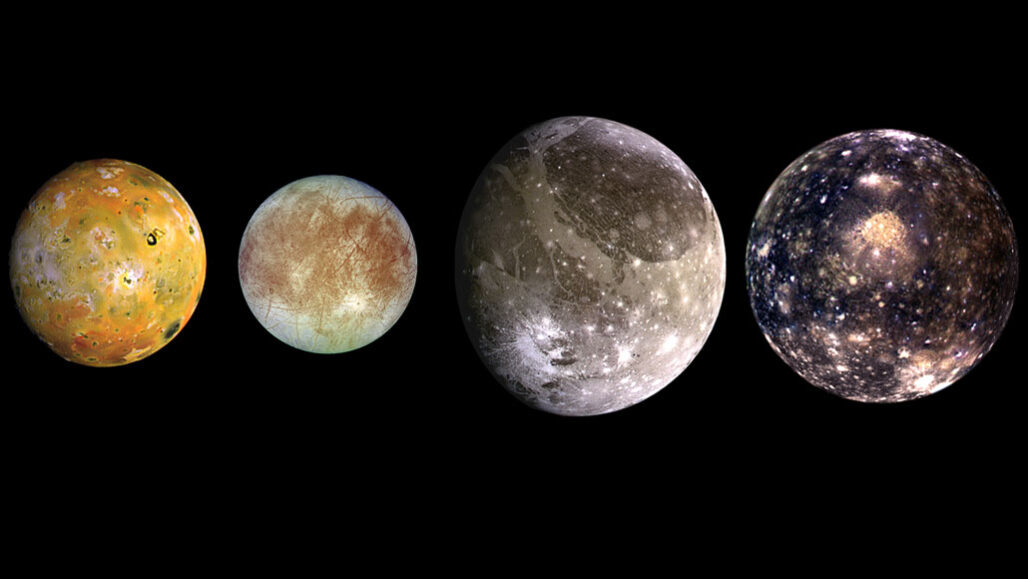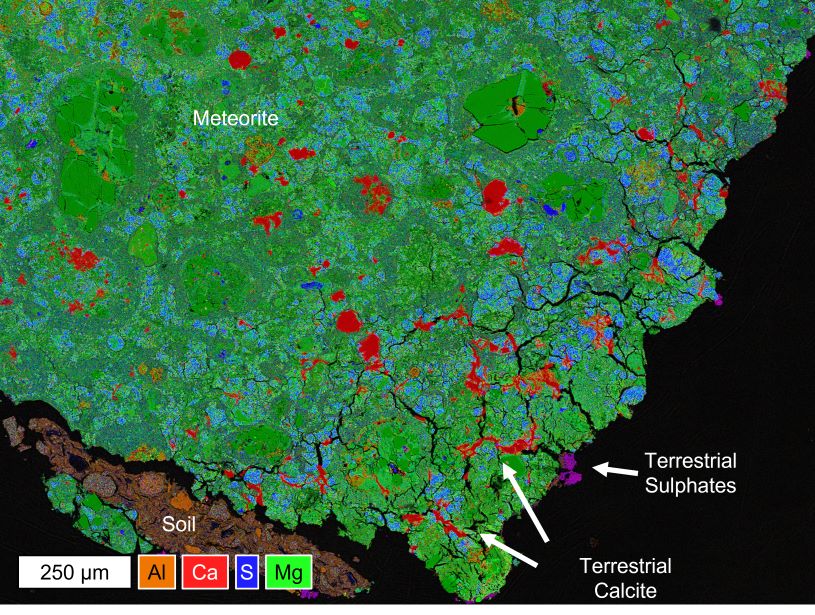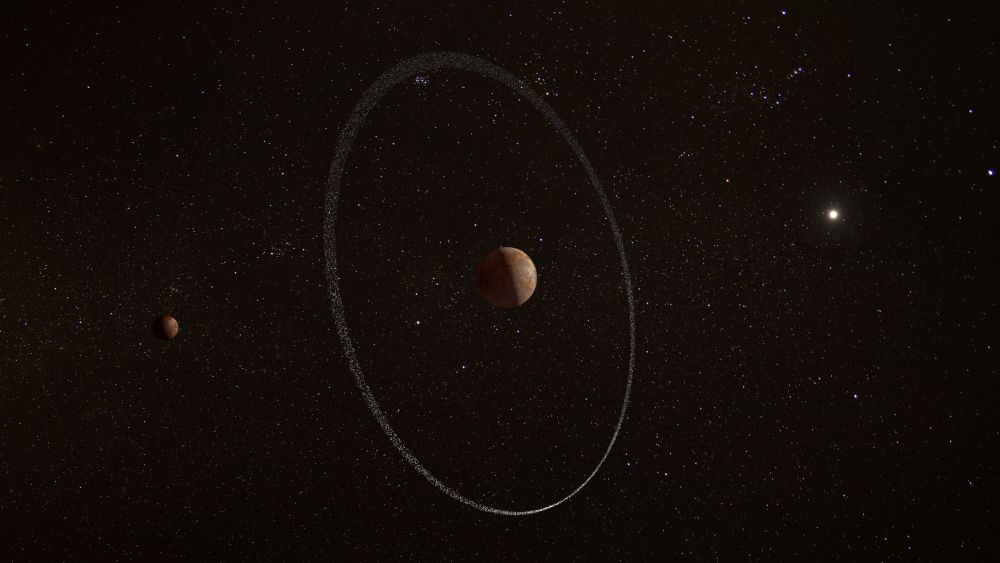NASA recently used its powerful High Resolution Imaging Experiment (HiRISE) camera onboard the Mars Reconnaissance Orbiter to take a breathtaking image of a dust devil traversing Syria Planum on Mars. One unique aspect of dust devils is their shadows can be used to estimate their height, which have been estimated to reach 20 km (12 miles) into the Martian sky. Studying dust devils on Mars is a regular occurrence for the scientific community and can help scientists better understand surface processes on other planets. But with the atmospheric pressure on Mars being only a fraction of Earth’s, what processes are responsible for producing dust devils?
Continue reading “NASA’s HiRISE Camera Recently Imaged a Martian Dust Devil. But Why Study Them?”NASA’s HiRISE Camera Recently Imaged a Martian Dust Devil. But Why Study Them?
